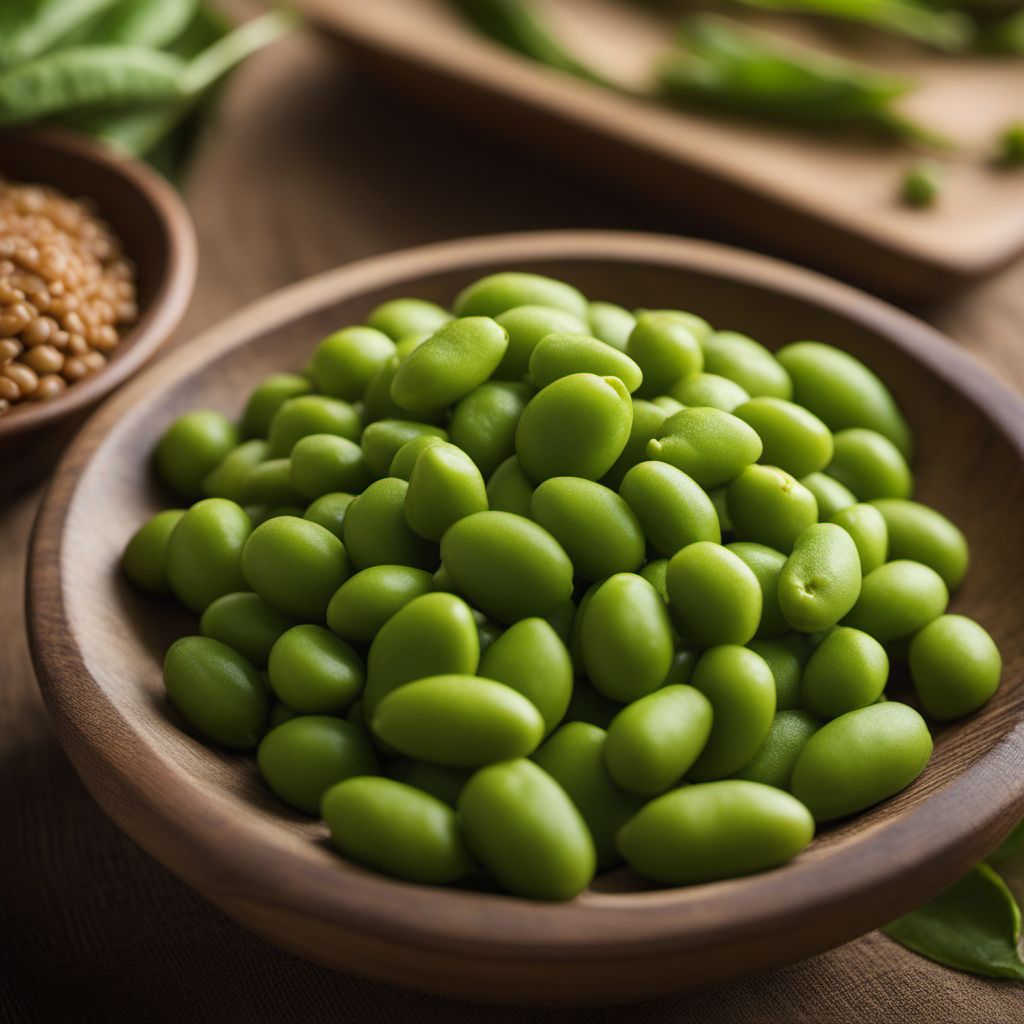
Ingredient
Soyabeans (without pods)
The Mighty Bean: Unleashing the Power of Soyabeans
Soyabeans are small, oval-shaped legumes with a creamy texture and a nutty, slightly sweet flavor. They are commonly used in various forms, such as tofu, soy milk, and tempeh. Soyabeans are highly versatile and can be cooked, fermented, or processed into different products.
Origins and history
Soyabeans have a long history dating back thousands of years in East Asia, particularly in China and Japan. They have been a fundamental part of Asian cuisine and are considered one of the oldest domesticated crops. Soyabeans have gained popularity worldwide due to their nutritional value and versatility in plant-based diets.
Nutritional information
Soyabeans are a nutritional powerhouse, packed with protein, fiber, vitamins, and minerals. They are an excellent source of plant-based protein and contain essential amino acids. Soyabeans are also rich in iron, calcium, and omega-3 fatty acids, making them a valuable addition to a balanced diet.
Allergens
Soyabeans may cause allergic reactions in individuals with soy allergies. It is important to read food labels carefully and avoid consuming soyabeans or soy-based products if allergic.
How to select
When selecting soyabeans, look for plump, firm beans that are free from mold or discoloration. Avoid beans that are wrinkled or have a rancid smell. If purchasing canned soyabeans, check the expiration date and ensure the cans are not dented or damaged.
Storage recommendations
To store soyabeans, keep them in a cool, dry place in an airtight container to prevent moisture and pests. If storing cooked soyabeans, refrigerate them in a sealed container for up to 3-4 days. For longer-term storage, freeze cooked soyabeans in airtight bags or containers for up to 6 months.
How to produce
Soyabeans can be grown in a variety of climates, but they thrive in warm and humid conditions. They require well-drained soil and regular watering. However, commercial production of soyabeans is best left to professional farmers due to the scale and specialized equipment involved.
Preparation tips
Soyabeans can be prepared in numerous ways, including boiling, steaming, roasting, or fermenting. They can be used as a protein-rich addition to stir-fries, salads, soups, or stews. Soyabeans can also be processed into tofu, soy milk, tempeh, or used as a meat substitute in plant-based dishes.
Substitutions
Edamame beans can be used as a substitute for soyabeans in many recipes. They have a similar taste and texture, making them a suitable alternative. Other legumes like chickpeas or lentils can also be used as substitutes for soyabeans in certain dishes.
Culinary uses
Soyabeans are widely used in Asian cuisine, particularly in dishes like stir-fries, soups, curries, and dumplings. They are also the primary ingredient in tofu, soy milk, miso, and soy sauce. Soyabeans are increasingly popular in plant-based diets as a meat substitute or protein source.
Availability
Soyabeans are cultivated and consumed worldwide, with major producers including the United States, Brazil, Argentina, China, and India.
More ingredients from this category » Browse all

Monantha vetches (without pods)
The Versatile Monantha Vetches

Mat bean (fresh seeds)
The Mighty Mat Bean: A Nutritional Powerhouse

Black eyed peas (without pods)
The Versatile Legume: Black Eyed Peas
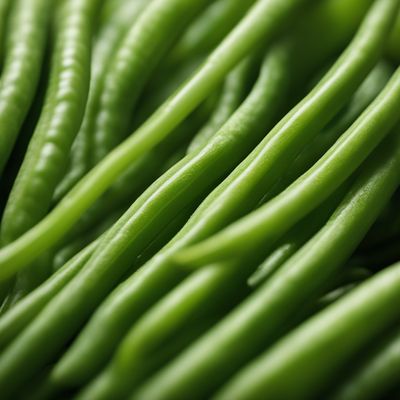
Yardlong beans (without pods)
The Versatile Legume

Broad beans (without pods)
The Versatile Legume

Vetches (without pods)
The Versatile Vetch

Rice beans (without pods)
The Versatile Rice Bean

Lima beans (without pods)
The Versatile Lima Bean
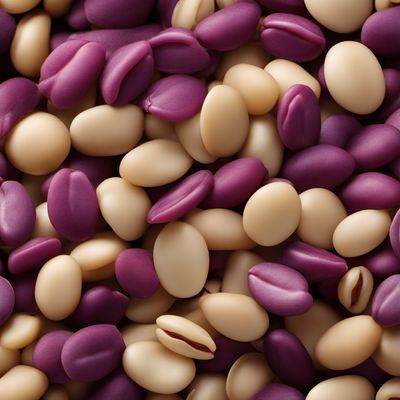
Lablab beans (without pods)
The Protein Powerhouse

Ervils (without pods)
Delicate Green Gems
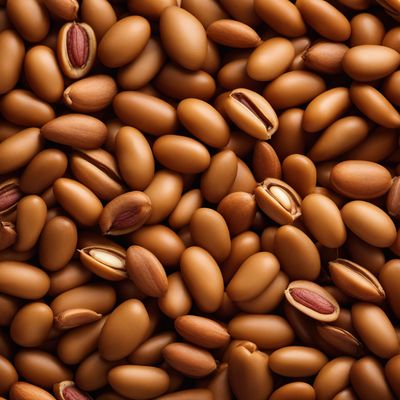
Jack beans (without pods)
The Versatile Legume: Unveiling the Wonders of Jack Beans

Mung beans (without pods)
The Mighty Mung: Unlocking the Power of Mung Beans
Recipes using Soyabeans (without pods) » Browse all

Steamed Cheeseburger Delight
Savory Steamed Cheeseburger: A Twist on American Classic
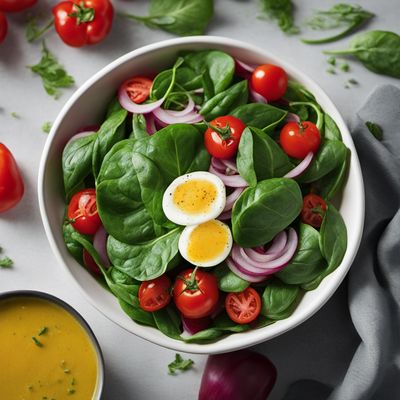
Croatian Spinach and Hard-Boiled Egg Salad
Savory Delight: Croatian Spinach and Egg Medley

Roasted Eggplant Salad
Smoky Delight: Roasted Eggplant Salad Latvian Style

Chicago-Style Hot Dog
The Windy City Delight: Ultimate Chicago-Style Hot Dog

Bacon-Wrapped Pork Meatballs with Noodle Salad
Savory Delight: Bacon-Wrapped Pork Meatballs with German Noodle Salad

Homemade Madeira Sauce
Velvety Madeira Delight

Meia-desfeita with a Twist
Savory Portuguese Bean Salad

Finnish-style Beef Tartare
Nordic Delight: Finnish Beef Tartare with a Twist
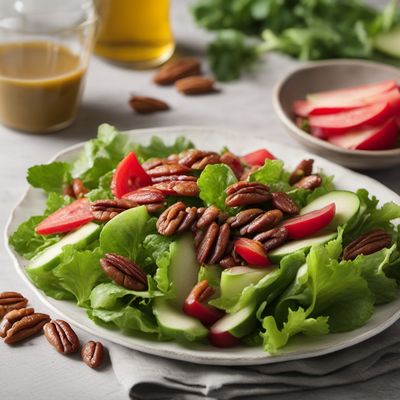
Canadian Maple Salad
Maple-infused Canadian Salad Delight

Lyonnaise-style Spicy Beef Salad
Savory and Spicy Beef Delight: A Lyonnaise Twist

Brazilian-inspired Gourmet Hot Dog
Samba Dog: A Flavorful Twist on the Classic Hot Dog

British Twist Salad
Savory Summer Salad with a British Twist